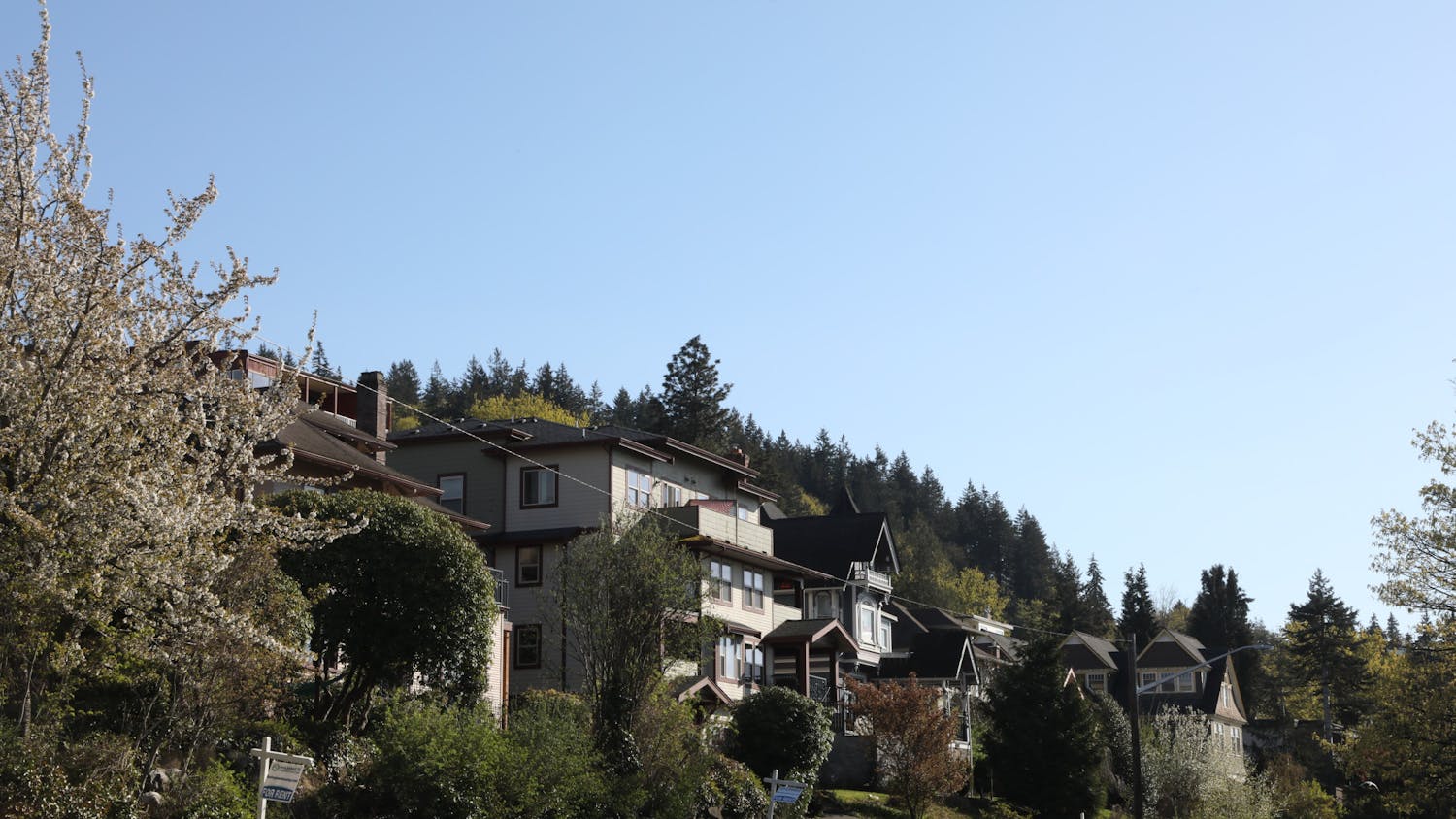By Alison Eddy The Pacific Northwest Trail covers an expansive 1,200 miles through Montana, Idaho and Washington, but about 300 miles of the current route aren’t all that safe. This portion of the trail consists of gravel roads and blacktop highways which are mostly used by trucks, posing a risk to hikers, according to the Pacific Northwest Trail Association. Users of this trail can see vast mountain ranges, trees, valleys, rivers and the ocean. Jeff Kish, executive director of the Pacific Northwest Trail Association, said along with safety, the association’s biggest concern is that hikers aren’t able to experience nature the way they should be able to. He said he wants to provide hikers with single-track trails – trails just for them with a high-quality wilderness experience. “We would like to have a trail that is a non-motorized, single-track trail which is the standard that is set in the National Trails System Act for a National Scenic Trail like ours,” Kish said. A trail is given this classification if a continuous portion of it stretches more than 100 miles and is primarily non-motorized, according to the National Parks Service. Kish said there are five or six private timber companies using land outside the Mount Baker-Snoqualmie National Forest, including the trail. Changing the way this land is used is difficult, though, because all of it is used primarily for timber production and is managed by the Department of Natural Resources. Kish said this means hikers are dodging timber trucks, sharing the roads with other motorized vehicles and, in some sections, hikers are walking on the shoulder of Highway 9. Kish said the main reason the trail is now used commercially is because Congress designated trails as a way to provide connectivity and didn’t really consider the quality of the recreational experience. Kish said he hopes to expand on this standard by improving the safety and beauty of the trail to ensure it is preserved for future generations. “I don’t think it will be finished the way it deserves to be in a portion of my life where I will be able to go out and hike it again,” Kish said. “Hopefully my son will be able to do that.” Rosalie Matsumoto is a team development professional for the Boys and Girls Club of Skagit County. She has a master’s degree in environmental education from Western and she interned for the Pacific Northwest Trail Association when she was a student. She said she is involved in working with stakeholders, professionals, biologists, geologists and environmentalists to gather information about the Pacific Northwest Trail. The team intends to build a plan for trail interpretation, informational tours and presentations about the surrounding area, as well as other educational opportunities. She said her work includes creating significant statements, interpretive themes and objectives that she hopes will be implemented at sights along the trail. Her work explains the history, cultural significance and importance of the trail as a whole. She said she wants to provide information about the history and significance of the trail for all users and hopes this information will be available at sites along the trail. “I hope to be able to use this information to start creating educational programming,” Matsumoto said. “This is essentially a guidebook for educators.” Matsumoto and Kish both said they want to educate the public on the importance of maintaining the trail and what it can provide for the community. The trail is an outdoor resource for through-hikers as well as local users to hike, bike and horseback ride. Kish said the status of the Pacific Northwest Trail as a National Scenic Trail makes maintenance a priority which helps keep the parts of the trail the locals use in relatively good condition. A local trail popular among Bellingham residents and Western students is the Oyster Dome trail, which Kish said is actually a part of the Pacific Northwest Trail. Junior Chris Smith said he hiked Oyster Dome during the spring of his freshman year. “The trail is super important for people like me and other Bellingham users because it provides a way for people to get outside,” Smith said. Smith added that he likes hiking these trails because they provide great views that not many people get the advantage to see. Like Smith, Matsumoto said Oyster Dome was one of the first hikes she did when she moved to Bellingham. She said she too recognizes the importance of getting out in nature for both students and community members. “Trails are one of the best places students have to recreate without having to break the bank,” Matsumoto said. Matsumoto, Kish and Smith all echoed the sentiment that Bellingham residents are lucky to live in an area with access to a National Scenic Trail, as there are only 11 in the country. “Western and its community really prides itself on the integrity of our outdoor spaces,” Matsumoto said. “I think it would change that community a lot if we didn’t have that.” For more information about the Pacific Northwest Trail Association, maps of local trails and different ways to get involved, check out the Pacific Northwest Trail Association website at https://www.pnt.org/





